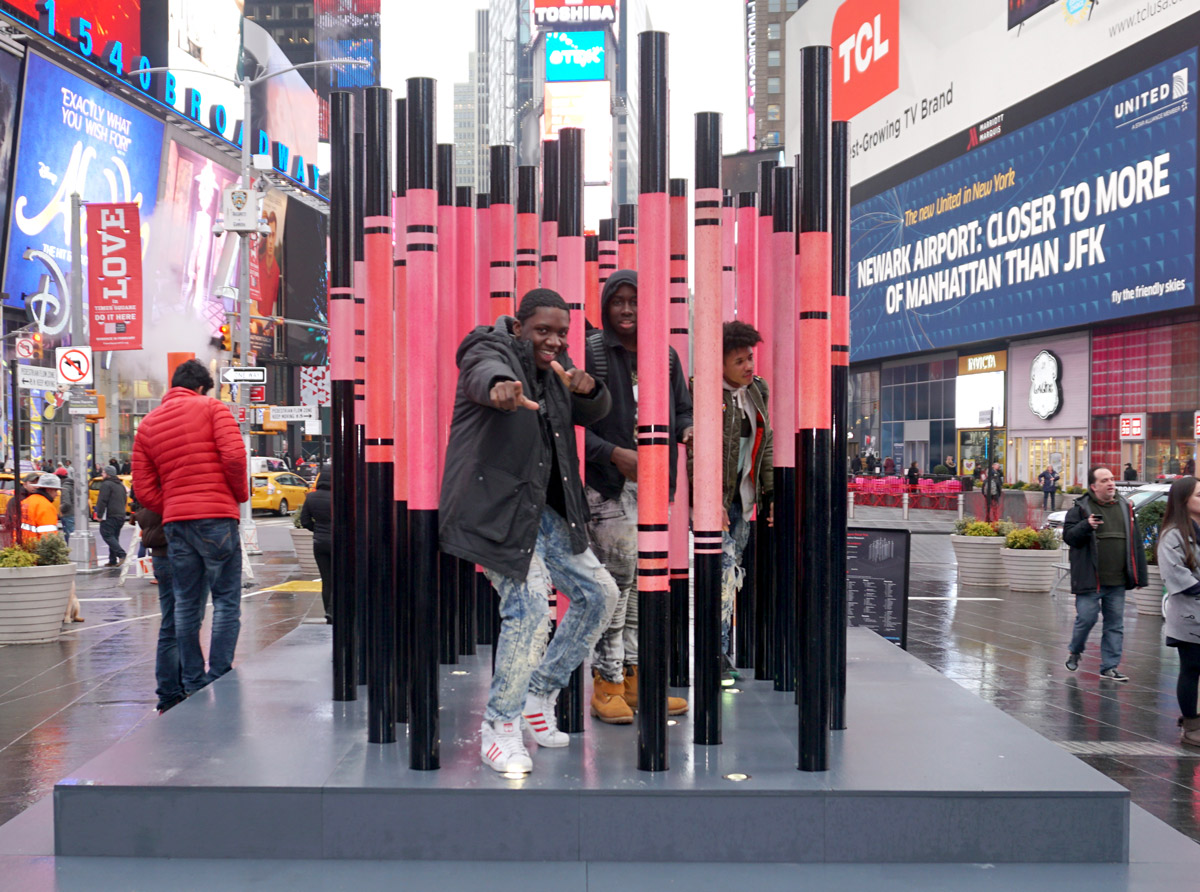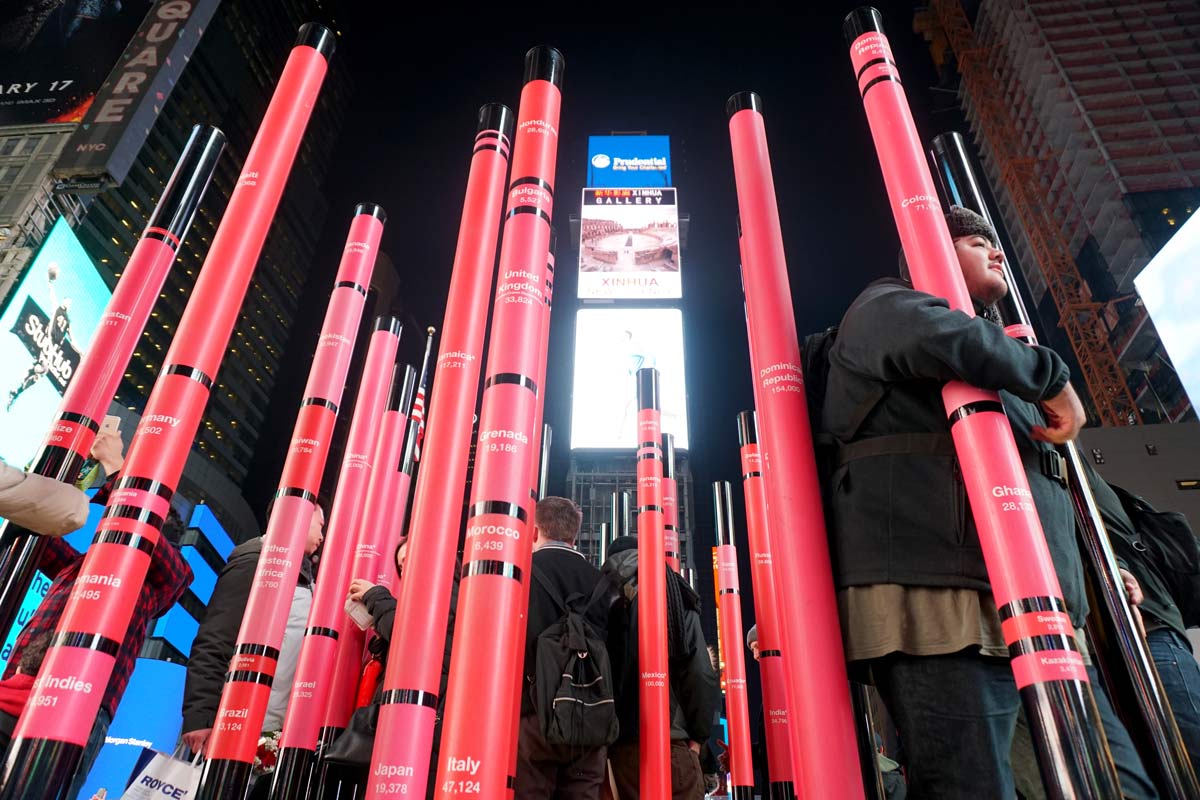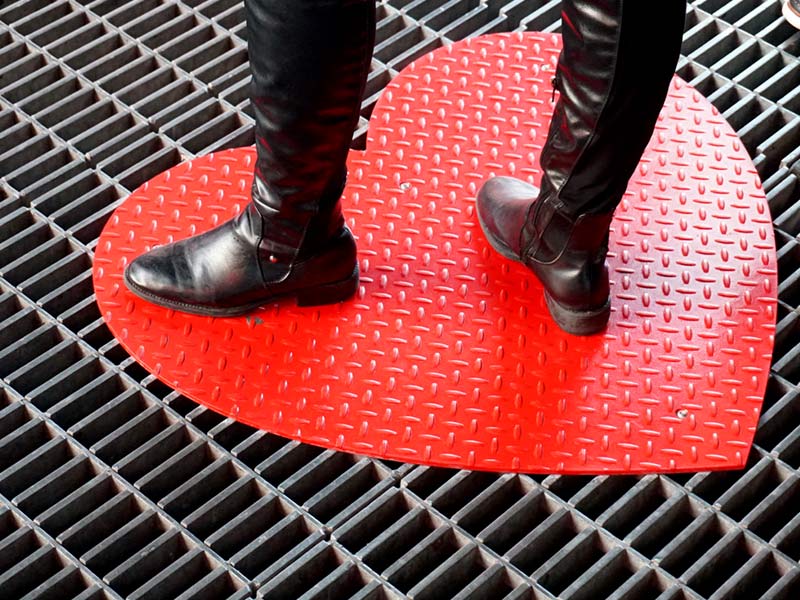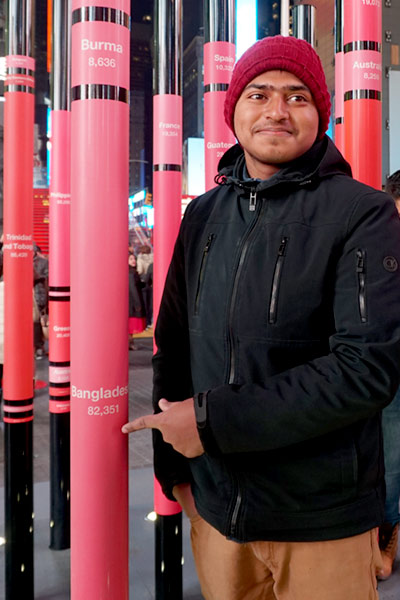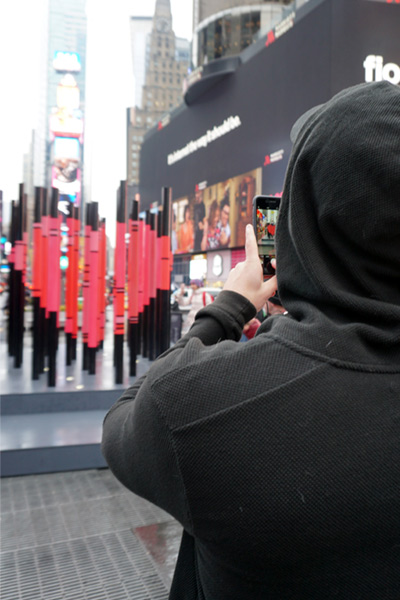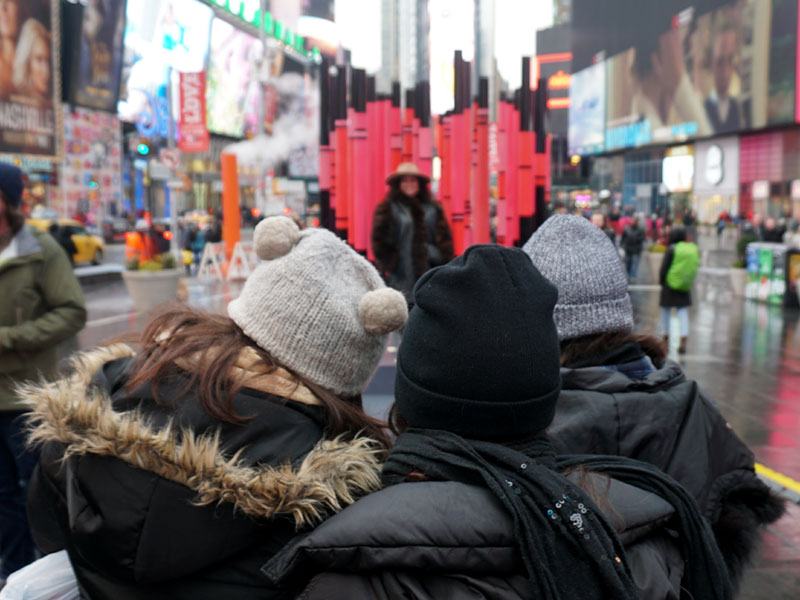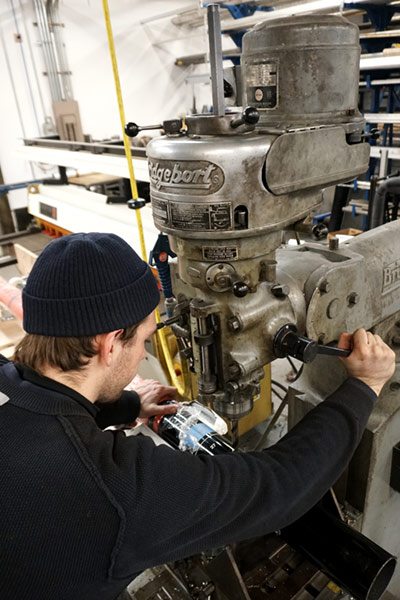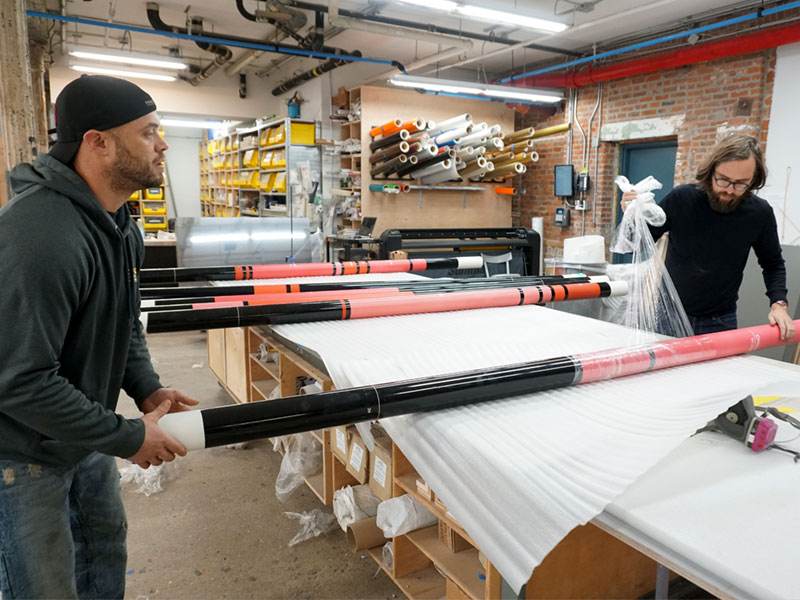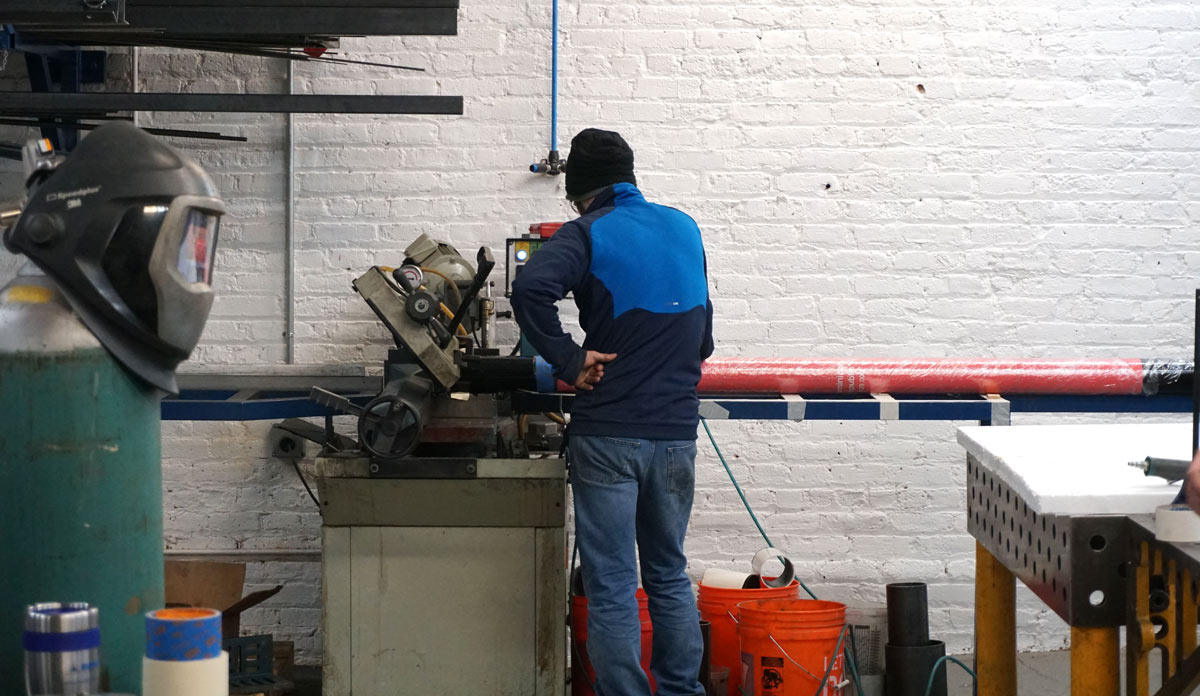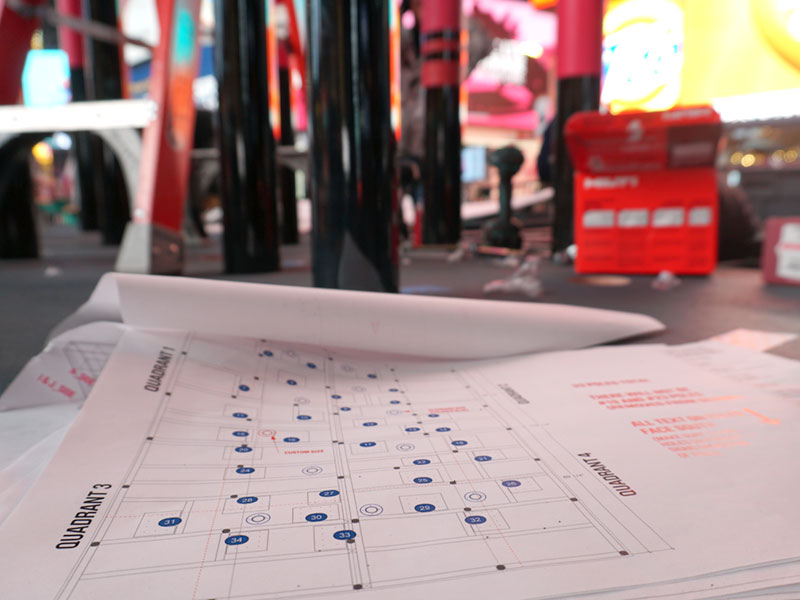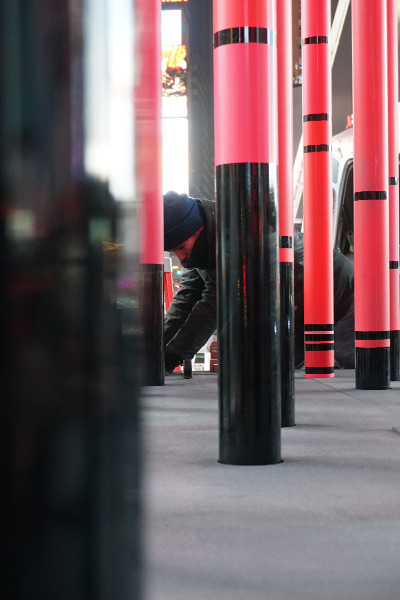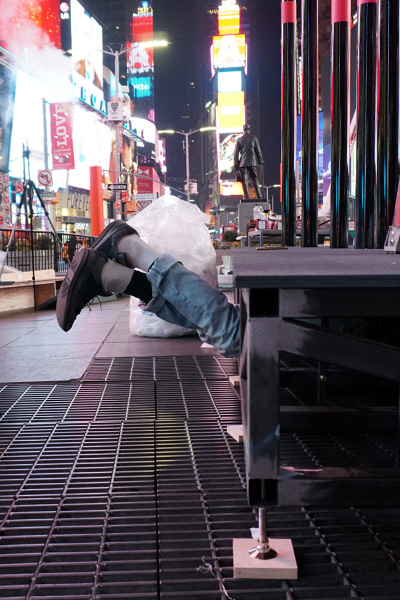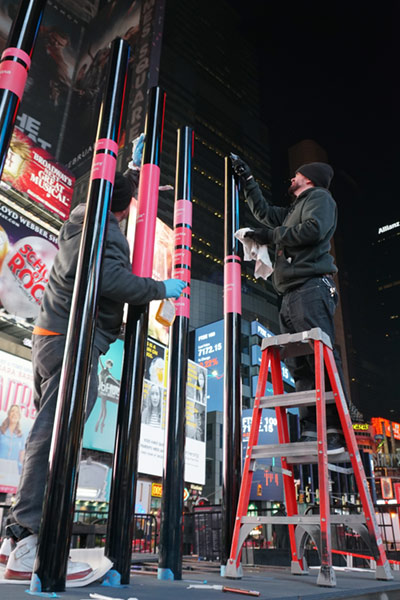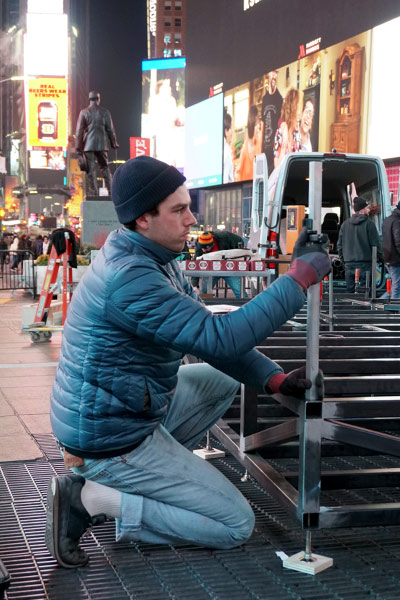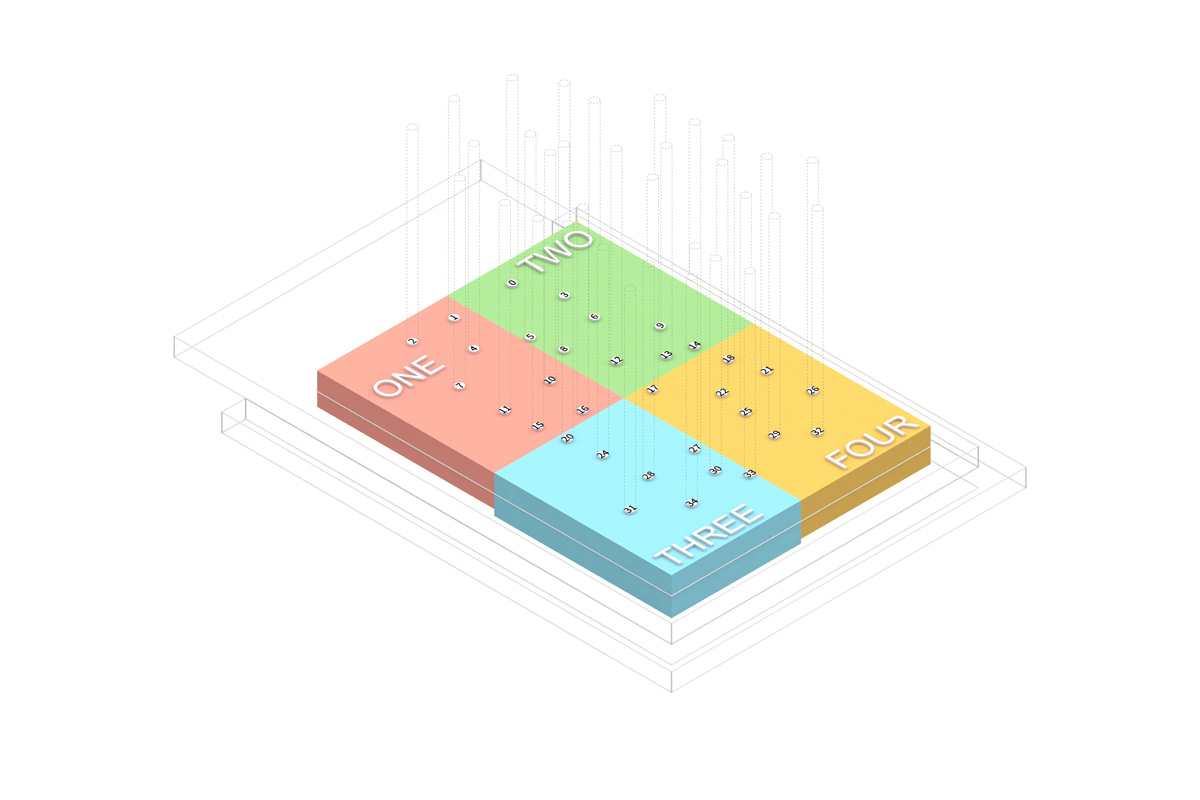For the past few years, the Times Square Alliance has facilitated a temporary public art piece in the middle of Times Square, coinciding with Valentine’s Day. Typically these works celebrate a traditional ‘love’ between individuals. We [at the
OCR] decided to interpret the theme to speak to a humanitarian notion of love and address the social climate created by a divisive election cycle. The piece would unveil just two-and-a-half weeks after the presidential inauguration, and we wanted our work to be a love letter to immigrants, celebrating the diversity they bring to New York City.
The New York City we know today is one of the most diverse places in the world; it wasn’t created from any single collection of peoples but has changed over time, through the many waves of immigrants who come here in search of better lives. Anyone who has walked through NYC’s neighborhoods senses the differences from one block to another. We wanted to transform this narrative into an engaging physical sculpture that showcased data about where these immigrants are from.
We based our project on the 2015 American Community Survey’s 1-Year estimates of New York City’s foreign-born population. This study showed that an estimated 3.2 million of NYC’s 8.5 million residents were born outside the United States, originating from more than a hundred discrete countries. We displayed this information as colored bands on 33 metal poles. These bands were spread out across the metal poles in such a way that when viewed from a particular vantage point an iconic heart shape came into focus. Conceptually, a shift in perspective changes a viewer’s experience of the city's immigrant populations.
By the time the piece was installed, national tensions over immigration issues had exploded and, with them, the relevance of the piece. We Were Strangers Once Too was unveiled in Times Square 10 days after President Trump’s administration tried to impose a travel ban on all immigrants from specific Muslim countries. The piece came to represent an alternative viewpoint for how New Yorkers feel about immigration: that it makes our city more interesting and unique and is something to be celebrated, not curtailed. In a few cases, the sculpture served as a centerpiece for conversation about immigration, both in the press and for people coming across it, and was referenced during conversations about immigration between strangers in Times Square run by the Van Alen Institute.
One of OCR’s goals was to promote data literacy to a wider audience, and to stimulate curiosity, representing data in unexpected and whimsical ways. Seeing people of all ages spot the countries they or their parents were from, or young kids start to realize what the colored bands represented showed us that putting data in public spaces can have a big impact. By using a simple data format – essentially a series of bar charts – we could give people the ability to physically dive into a story about statistics without realizing they were actually wading through a jungle of data.
In collaboration with
Genevieve Hoffman while at the
OCR.
Fabricated and installed by
Twoseven


